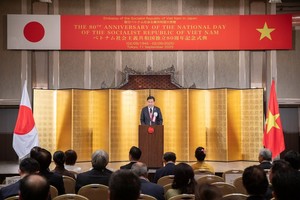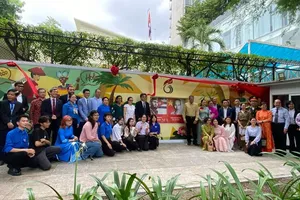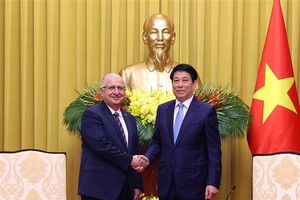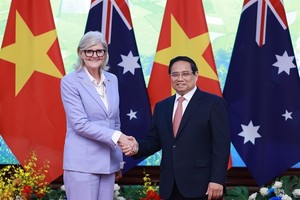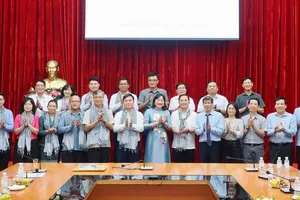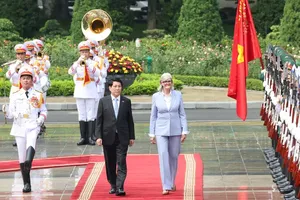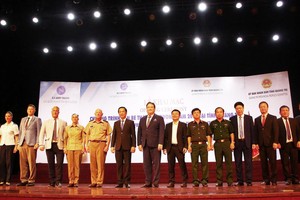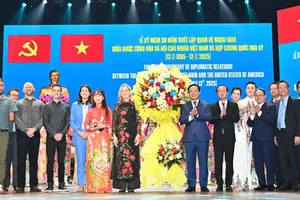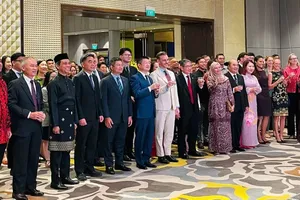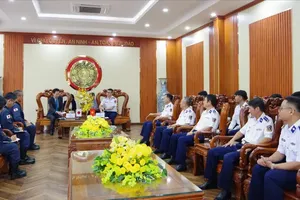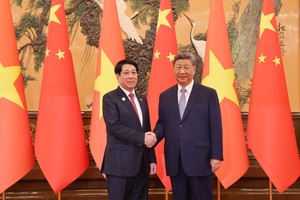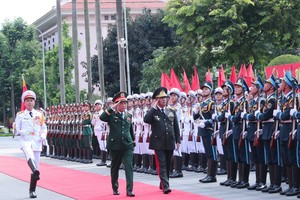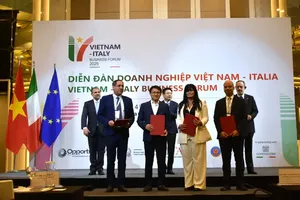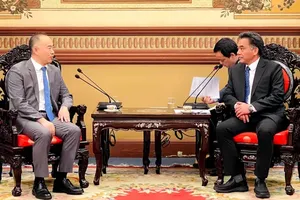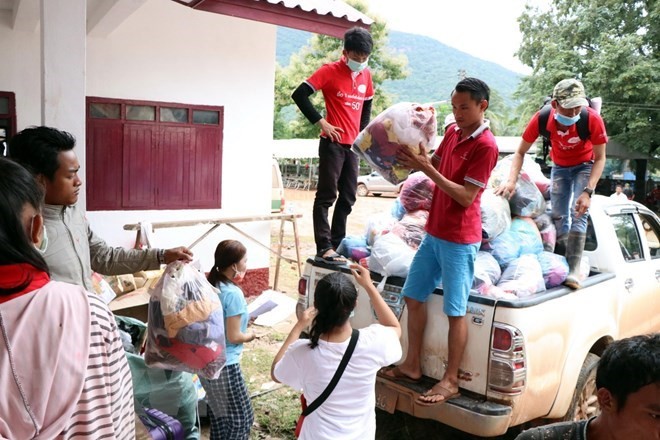
These centres are straining to cope with an increasing number of the displaced villagers, putting local authorities on high alert for outbreaks of diseases.
Dr Nguyen Thanh Cong, Deputy Director of the Hoang Anh Gia Lai Medical University Hospital, together with a team of Vietnamese medical workers from the hospital, arrived in Laos just one day after the dam broke.
They have been staying at a temporary camp set up to accommodate Lao people evacuated from 13 villages affected by the accident. Hundreds of these villagers have received health checkups from the team.
Thanks to concerted relief efforts between the Lao government and many international organisations, the supply of foods, clean water and other necessities for the survivors has been done quite well and become more stable, according to Cong.
But the most challenging issue at the moment is that the rainy season has arrived in Laos. The mass gathering of the displaced villagers in the evacuation centres is posing a great medical challenge to the local authorities, the doctor explained, adding that these people are at high risk of contracting to communicable diseases like cholera and E.Coli infection.
Lao authorities have been well aware of the alarming issue and in the past several days, a large number of doctors and nurses have been mobilized from across the country to keep an eye on high-risk spots in Sanamxay and Paksong districts as well as villages where people were temporarily evacuated to, Colonel Vanpheng Phuangsavadi from the General Logistics Department of the Lao People’s Armed Forces told the Vietnam News Agency.
The Lao Ministry of Health and military forces have also deployed water filter trucks to provide clean water to the targeted people, set up mobile toilets and build more water tanks. Efforts have also put into cleaning up the environment, spraying mosquito repellent and sanitizing affected areas, he noted.
According to the colonel, as of July 28, no case has been reported with communicable diseases. However, Lao authorities have been ready for any emergency. Medical workers have educated people on how to keep clean and keep a close watch on any case suspected of catching infectious diseases.
The Sepien-Senamnoi hydroelectric power plant has been constructed by the Sepien-Senamnoi Power Company (PNPC), which is a joint-venture of SK Engineering and Construction (SK E&C), Korea Western Power (KOWEPO), Ratchaburi Electricity Generating Holding (RATCH), and Lao Holding State Enterprise (LHSE).
Construction of the project, which is estimated to cost 1.02 billion USD, began in February 2013 and commercial operations were expected to begin this year.–VNA



